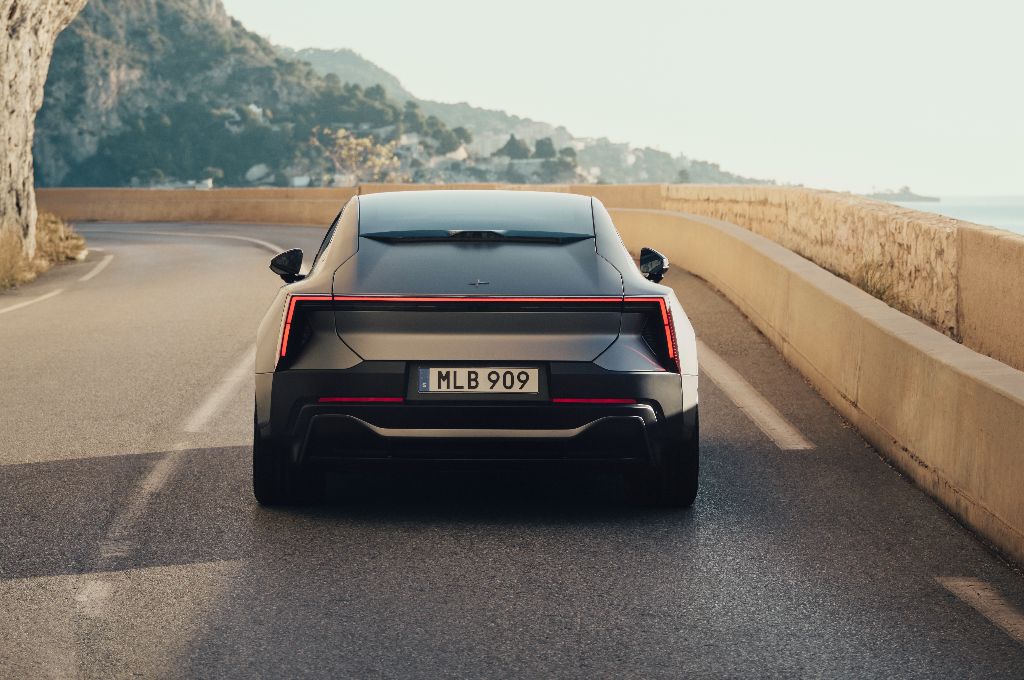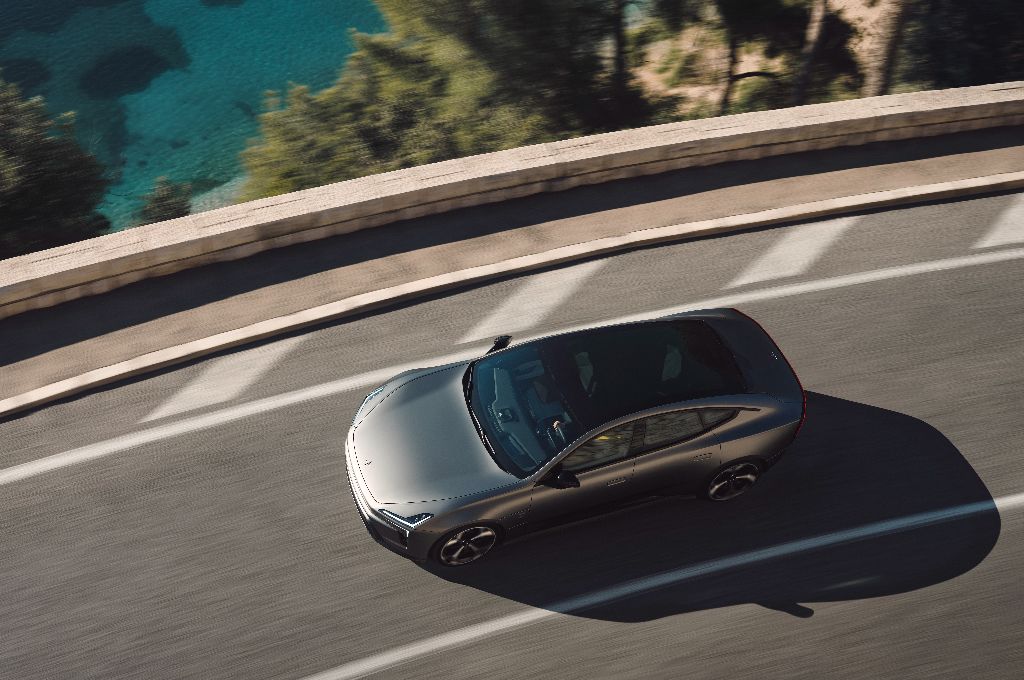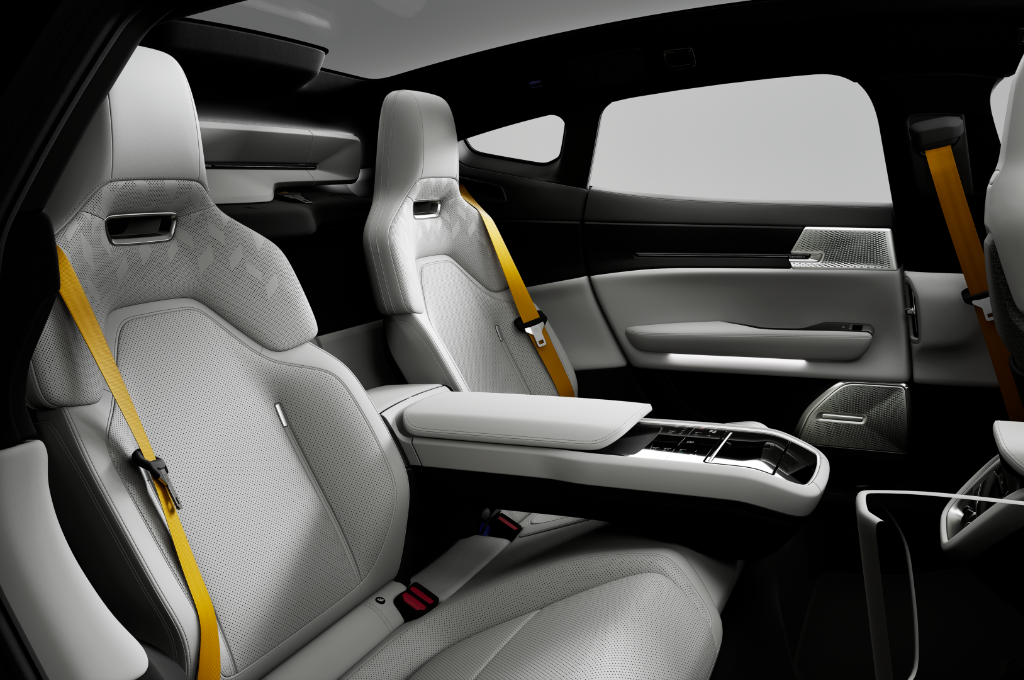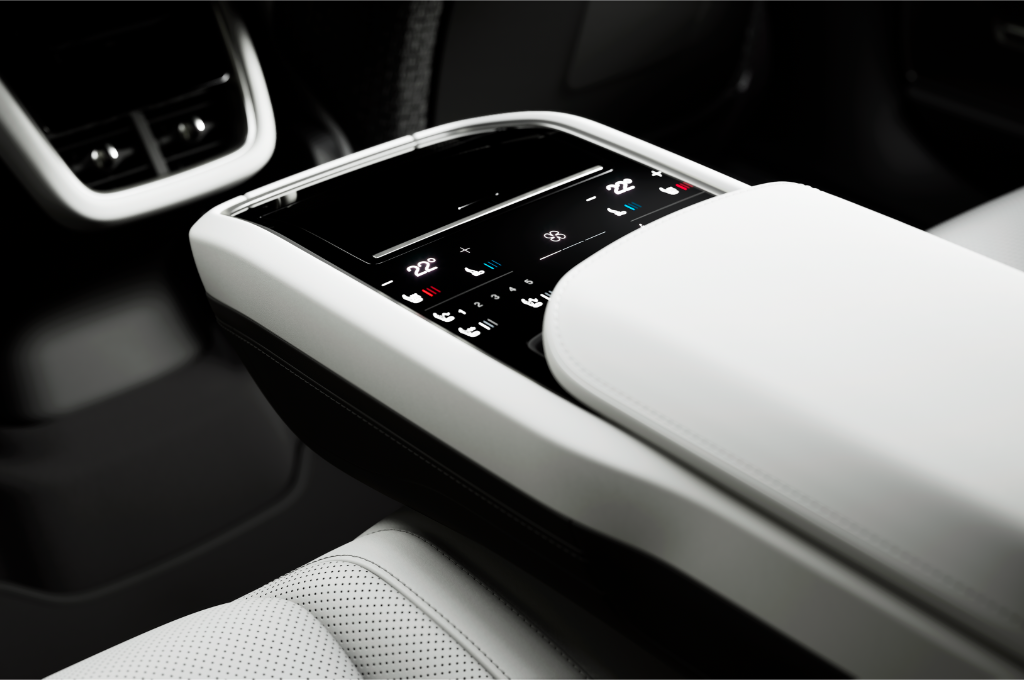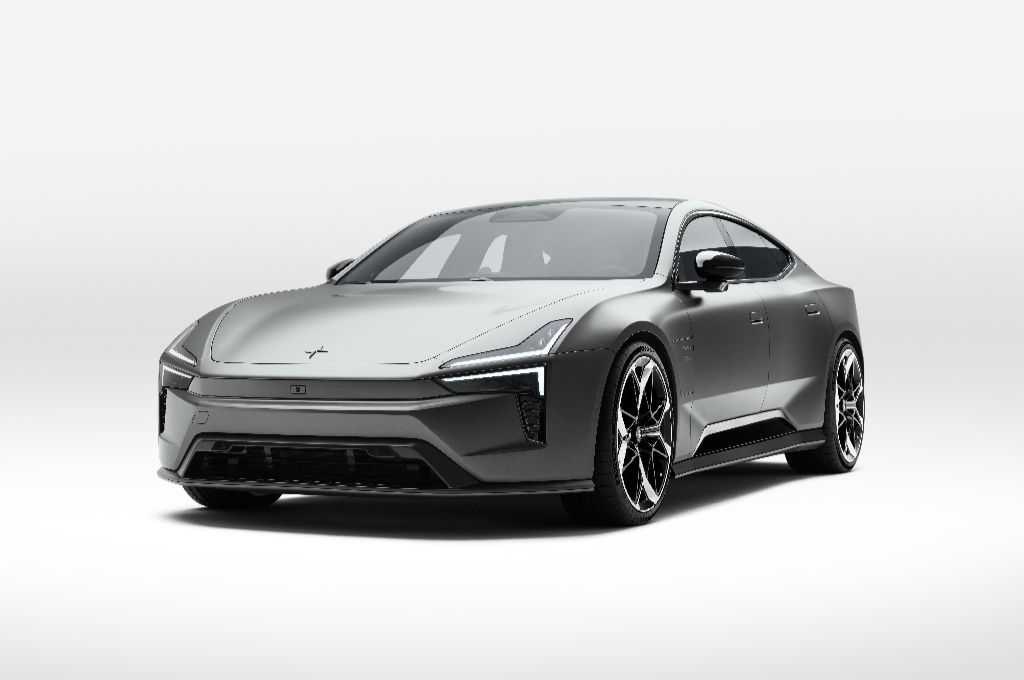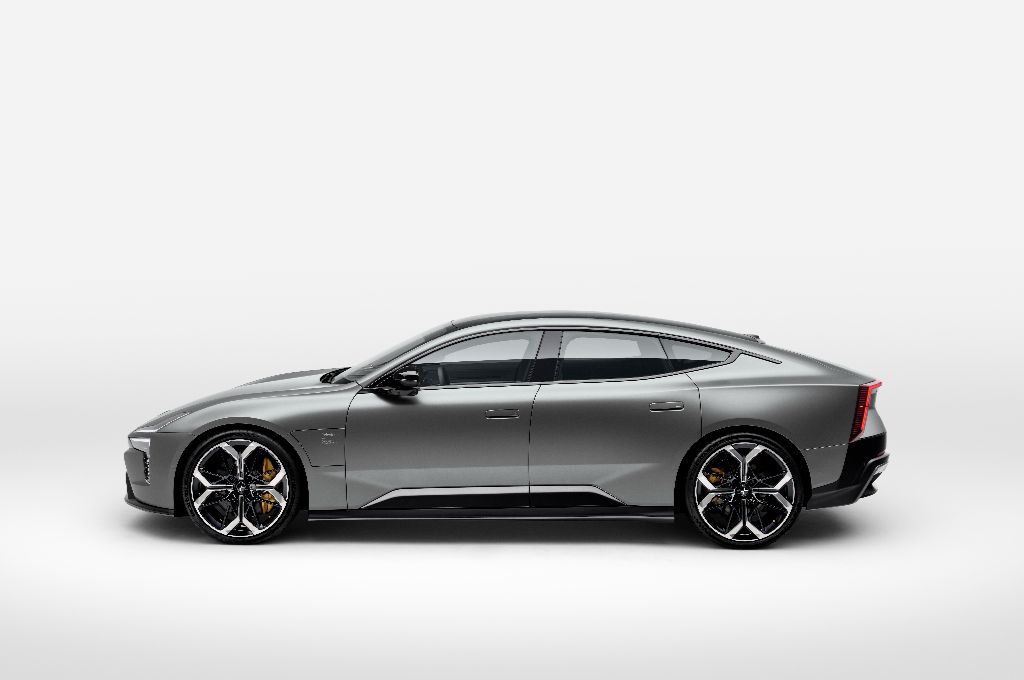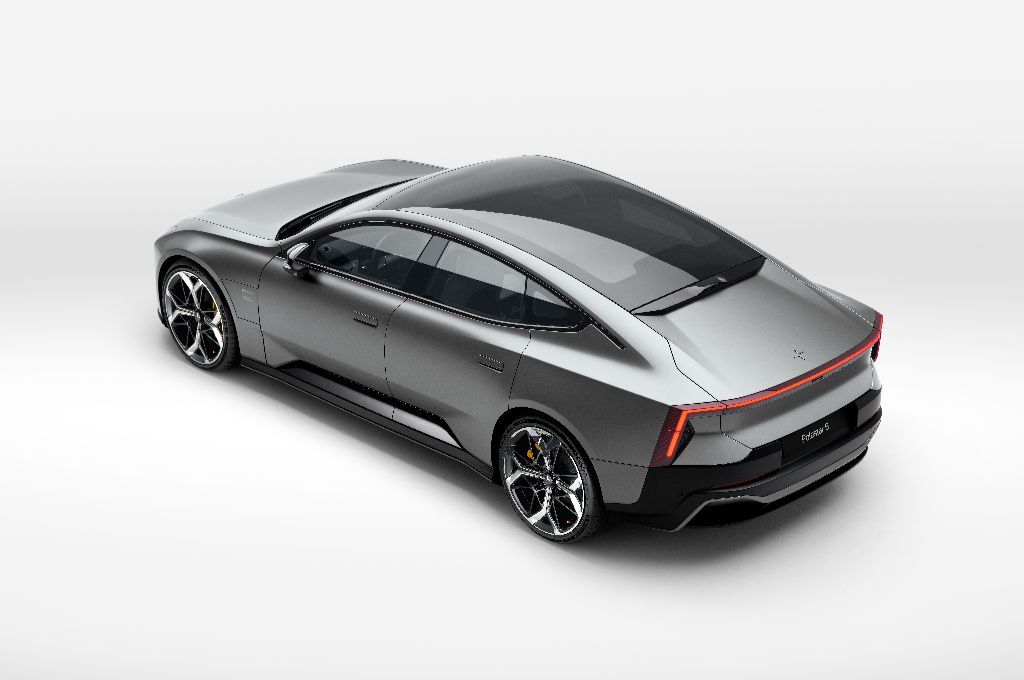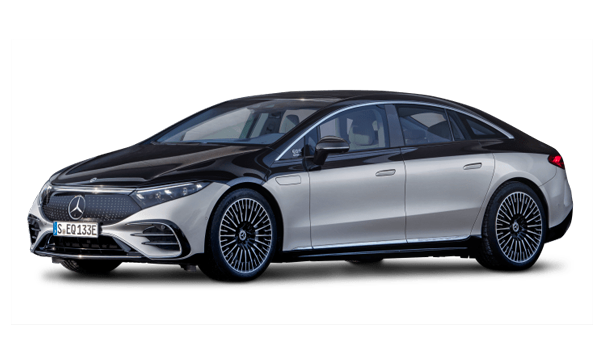Introduction and model history
I can’t tell you how many videos I’ve done, walking around cars in studios and saying ‘but we’re not driving it yet…” and then having to wait a year before we actually get behind the wheel.
D’you know what, this time it’s different. Because I am driving this. Oh yes. This is the Polestar 5, and it’s all-new. Properly new. All new platform that’s bespoke to Polestar, all-new battery tech, all-new halo car for Polestar. Engineered in the UK, for European drivers, to be a proper drivers car - and it needs to be, because it’s got 874bhp. Yes. You heard me right. 874bhp. If you go for the Polestar 5 Performance, anyway. The Dual Motor model makes do with a mere 738bhp.
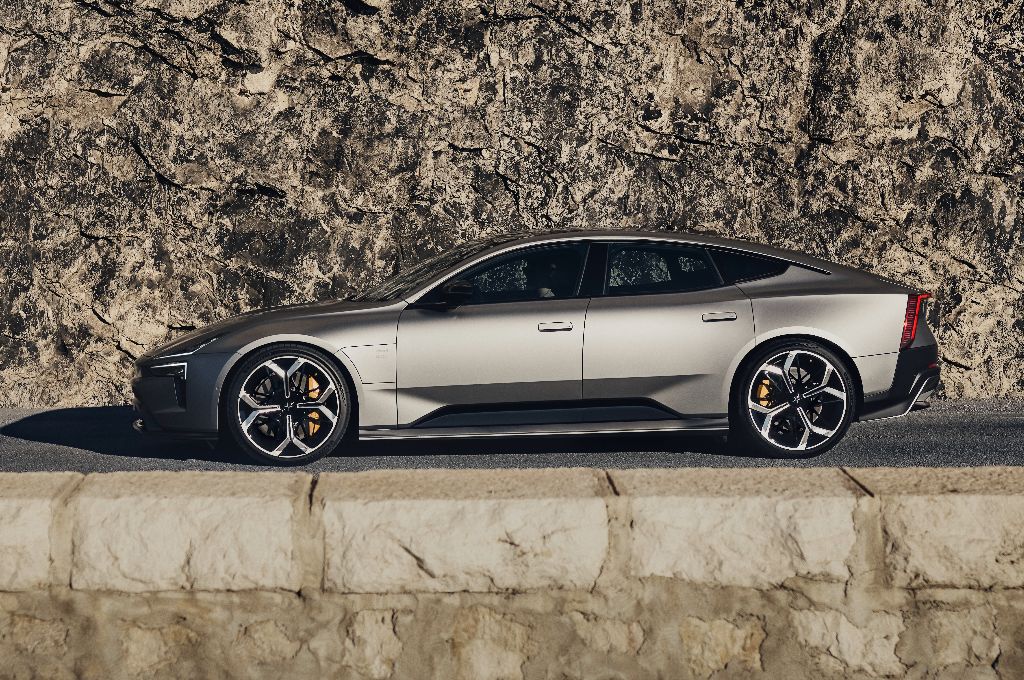
It's not short on power, then, and it’s not short on tech. The new Polestar 5 sits on a new, scalable bonded aluminium platform allows for lower weight and stronger torsional rigidity. Company bosses have been quoted as saying it’s “supercar levels of torsional rigidity” and “best-in class handling”, which is saying something since this thing is going to compete with our perennial favourite luxury performance EV – the Porsche Taycan.
Fancy a used Polestar? Check out the examples for sale on Electrifying.com
It looks pretty sexy, don’t you think? Maybe a bit like an angry pumpkin face at the front, but the aggressive stance and aerodynamic shape works really well – and it’s unmistakably a Polestar. You can always let us know what you think of the styling by leaving a comment on the YouTube vid.
Range, battery and charging
The Polestar 5 gets a 106kWh usable lithium-ion NMC battery, with a total capacity of 112kWh. It’s also fully integrated into the new, bonded aluminium platform, actually helping with the torsional rigidity (which is how you measure the stiffness of a car’s structure) and is partly why Polestar will tell you that the Polestar 5 has better rigidity than a two-seat sports car. A more rigid car is a better handling car, by the way, so this is all pointing towards properly excellent driving dynamics.
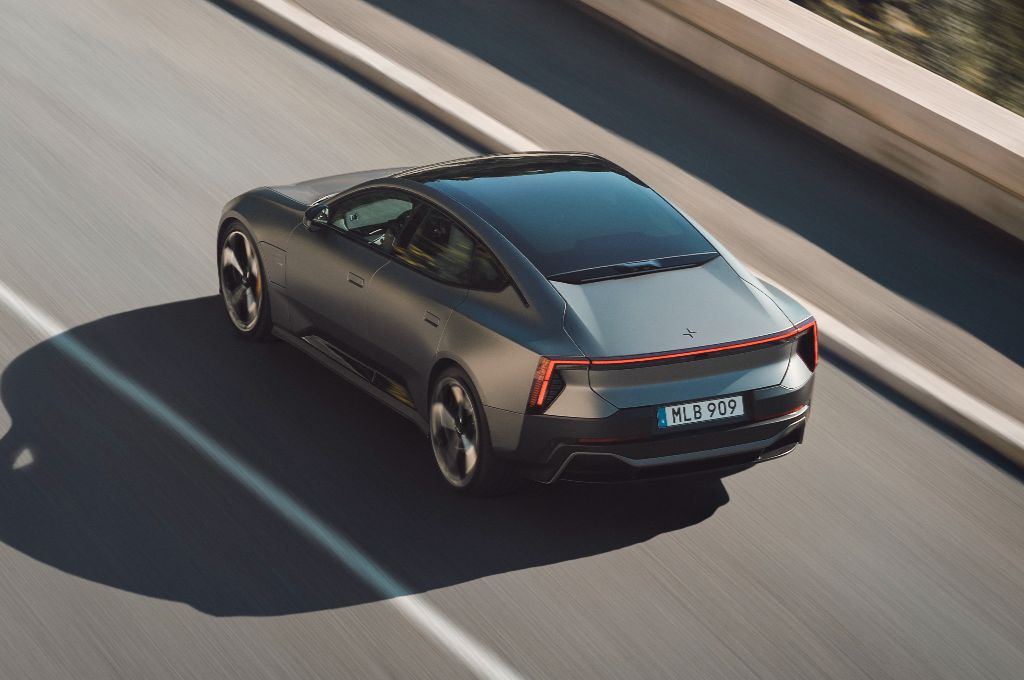
Range is very decent – not least thanks to the very slippery body shape. The Polestar 5 Dual Motor returns a WLTP range of 416 miles, while the Performance version manages 351 miles, which is very similar to the range that you get in the Porsche Taycan, even if the Mercedes EQS goes quite a bit further.
You also get an 800V system, which allows for ultra-rapid charging of up to 350kW, which can deliver a 10-80% charge in 22 minutes in ideal conditions, and provided you’re plugged into a 350kW station. An external charging indicator on the car’s rear pillar lets you know how much charge the car has, too, which is a nice touch.
A full charge from a 7kW home charger will take around 16 hours. There’s no word, yet, on whether the Polestar 2 gets vehicle-to-load (V2L) charging, but given that the Polestar 3 supports V2L, as well as vehicle-to-grid (V2G) and vehicle-to-home (V2H), we’d bet our home charger that the Polestar 5 will have the same. You can find out what all of these charging technologies mean by checking out our guide to bi-directional charging, right here.
Practicality and boot space
The Polestar 5 is designed primarily as a four-seater, with a low central armrest that runs between the two rear seats – although it can be raised so that you can perch someone in the middle, if you need to. Just don’t expect them to be terribly comfortable on the narrow, raised cushion; I’d be really annoyed if I got given that seat!
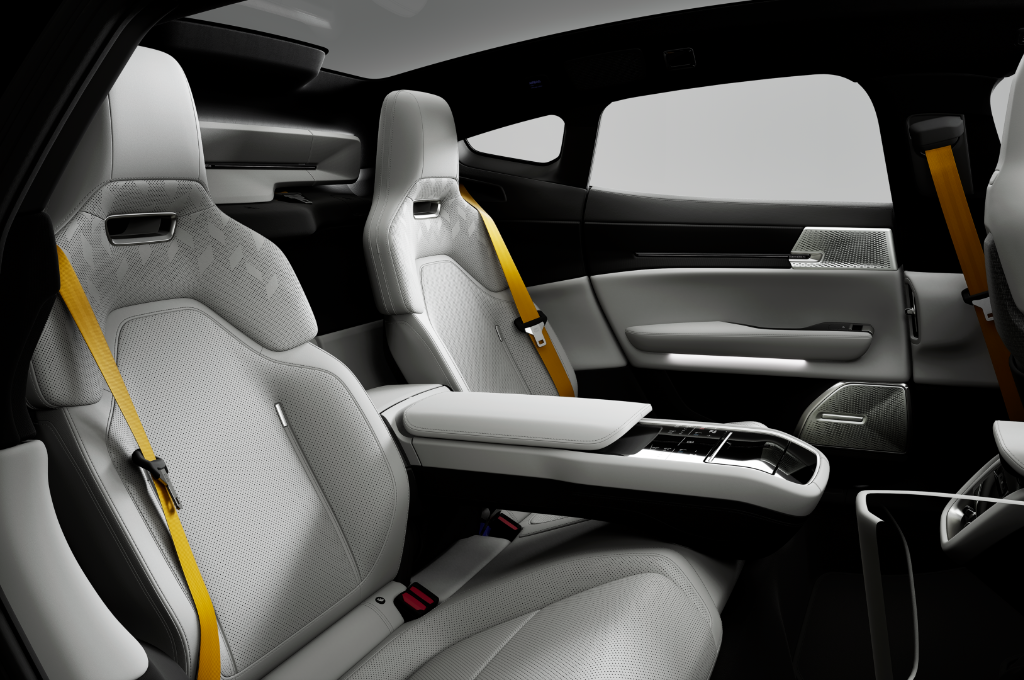
Still, good to know that you can legally seat five if you need to, but really the Polestar 5 is all about providing maximum comfort for four people – hence Polestar’s ‘4+1’ designation.
There’s even a four-zone climate control system so that each person can control their temperature, and the rear seats are a similar sculpted design to the Recaro seats up front. There’s a massage function for passengers in the back, too.
Polestar has also ensured that the battery beneath the floor has cut-outs to allow for foot space beneath the front seats, so you can get four tall adults in here, and it’ll feel seriously luxurious for all of them.
The boot isn’t huge, to be honest. At 365-litres it’s good enough for a few cabin bags, but you get more boot space than that in a Renault 4 so… well, yeah. You do, however, get a big 62-litre frunk under the bonnet, which is great for storing your cables.
While we’re talking about practicality, let’s discuss that rear windscreen. Or I should say ‘lack of rear windscreen’. As with the Polestar 4, the 5 has done away with its rear windscreen in favour of a sleek beetle-back rear deck, and a high definition camera for an instant rear-view feed.
This does divide opinion, generally and at Electrifying HQ. I really don’t mind it, but I know that some of the other guys really do, so it’s one of those where you just have to decide if it’s something you can live with or not. I found the camera feed pretty sharp and easy to see. Would I prefer a rear windscreen? Yes, I would. But I would also happily live with the Polestar’s system and I don’t think it’d bother me too much.
Interior, design/styling and technology
I think the interior is one of the real selling points of this car. Polestar’s used lots of environmentally-friendly textiles and recycled materials, not only to give it the gorgeous, tactile finish that you can see in out vid – but also to save weight! The material they use that’s made from flax is 40% lighter than plastic and uses 50% less fossil-fuel based materials, and I rather like the look and feel of it, too. It’s a win-win.
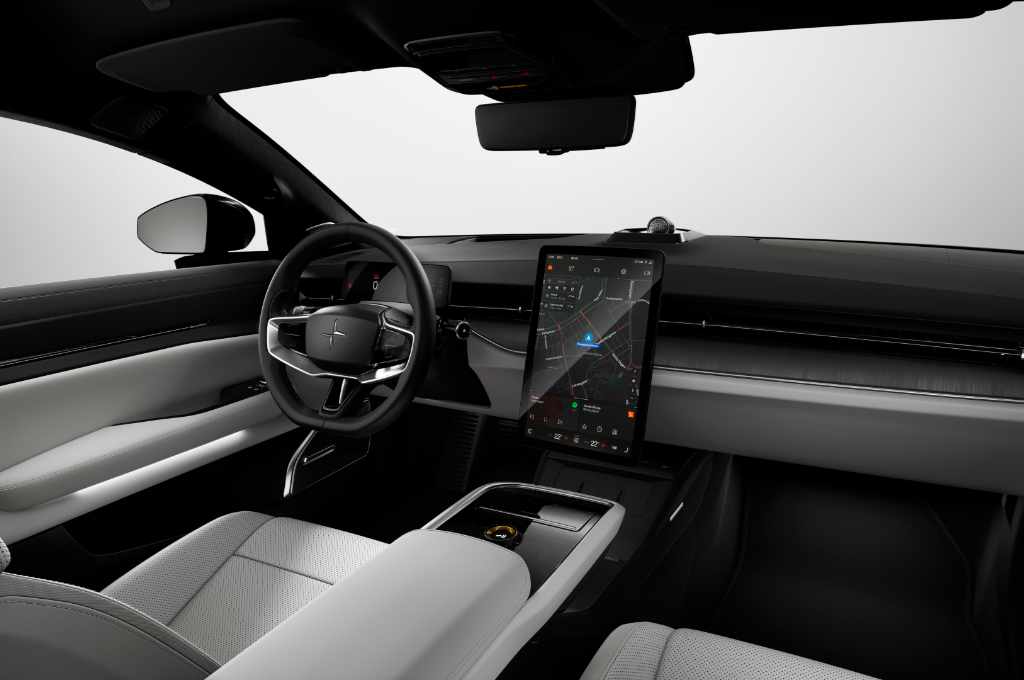
There’s just a really careful, well thought-out feel to the Polestar 5’s interior, with beautiful detailing but everything also feeling expensive and understated.
A 14.5-inch portrait infotainment screen is the focal point of the whole dash, and it gets a Google brain built in so that you have Google maps, voice control and more all integrated into the car’s system. You can customise the home page with your own shortcut buttons, and I found that it responded quickly and was easy enough to use – although I sort of prefer the less iPad-style infotainment integration that the Porsche Taycan gets.
As for technology? Well, beyond what I’ve already talked about, there’s a 10-speaker sound system or an optional 21-speaker Bowers and Wilkins upgrade that also brings with a rear sound bar and active noise cancellation in the cabin. You also get a full suite of driver aids including a semi-autonomous ‘Pilot Assist’ function that uses 11 cameras, one radar and 12 ultrasonic sensors to follow the road and keep a safe distance from other cars.
Motors, performance and handling
We had a cheeky test drive in a prototype Polestar 5 Performance Launch Edition at Millbrook handling circuit, and it is just epic.
We didn’t have a huge amount of time but I can tell you that this thing is fast! In fact, it didn’t surprise me when Polestar’s chiefs told me that the stated 0-62mph time of 3.2 seconds was actually a bit pessimistic and you’d likely manage under 3.0 seconds to 62mph with the Launch Mode. The Dual Motor manages 0-62mph in 3.9 seconds, by the way. I know! I mean, what a laggard…
It is a big car, the Polestar 5, and I was aware of that. But it does feel really alert and responsive, and it hides its mass well when you jink through fast direction changes. The Polestar 5 Performance that we drove comes with ‘MagneRide’ adaptive dampers, which can apparently read the road 1,000 times per second, and can react in just three milliseconds. despite being on passive dampers, rather than the adaptive dampers that you might expect for such a techy, high end performance GT. The Dual Motor model manages with passive dampers, but I’ve not had a chance to drive that so we’ll have to wait and see. Certainly, the fancy adaptive dampers seems to help keep the body movement nice and controlled.
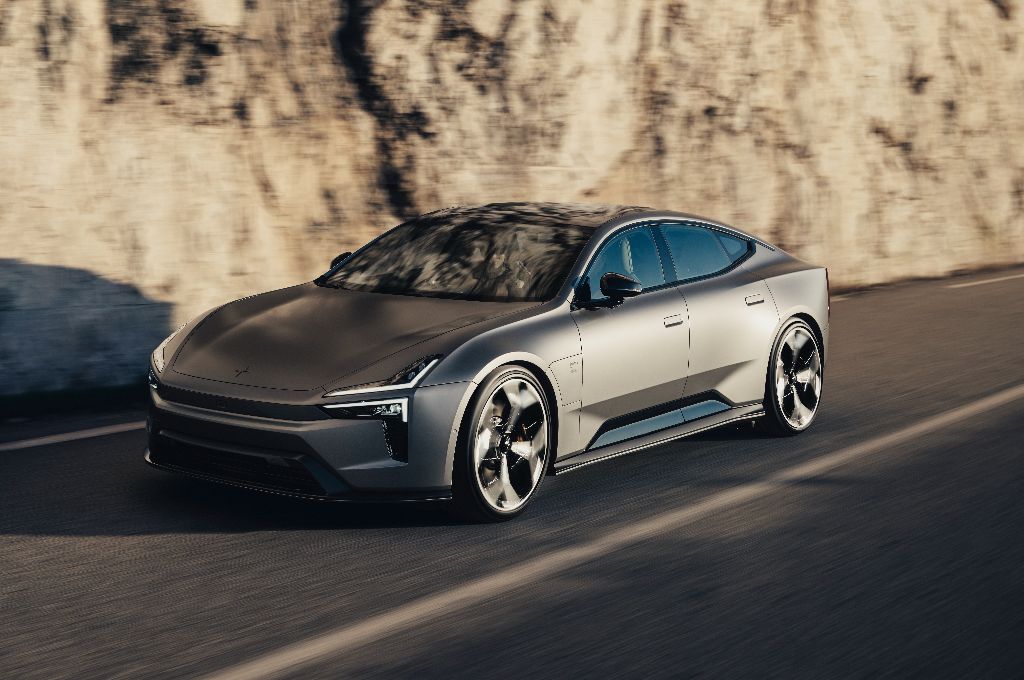
It all feels very sumptuous and slick in the normal modes, yet rabidly fast and fun in the sportier settings, which is what you want from a luxury performance GT car, isn’t it? Is it as good as a Porsche Taycan, dynamically? Hmm. That’s a tough one, and I think we’ll need to get tham on the road back-to-back to compare. I reckon the Porsche’s probably still got the edge for sports handling, but the Polestar 5 feels like a cushier grand tourer.
Like I said – I only had a short drive, and it’s a prototype car so there may yet be tweaks made, so we’ll update this review as soon as we’ve driven the full production Polestar 5 later this year. On this evidence, at least, I do think that the 5 could give the Taycan a run for its money.
Running costs and pricing
The Polestar 5 is open for orders right now, starting from just under £90k for the Dual Motor, or £105k for the Performance. It’s brimming with standard equipment, including a huge panoramic glass roof, alloy wheels of either 20- or 22-inch depending on which model you go for, and there’s also the latest semi-autonomous driver aids courtesy of Polestar’s ‘Pilot Assist’ mode, which uses 11 cameras, a radar and 12 ultrasonic sensors.
Of course, that 14.5-inch touchscreen with wireless Android Auto and Apple CarPlay is also standard, as are heated seats, electric seat adjustment and more.
Verdict
I really like the Polestar 5; it’s such an impressive blend of performance, luxury and comfort. I suspect that the rear windscreen situation will put a lot of people off, and I do also wonder whether, with cars like the (vastly cheaper) BWM iX3 now coming out with a range of 500 miles, will buyers see the Polestar 5’s range of around 400 miles as not enough? I hope not, as this is still competitive for its class, and you can’t argue with the charging speeds it offers.
As high-end electric GTs go, the Polestar 5 is one of the best. Is it good enough to unseat the Porsche Taycan as the big seller in this class? We’ll have to wait and see.
Want all the latest electric car news, reviews and videos? Sign up to the Electrifying newsletter, and don't forget to check out the Electrifying podcast.









